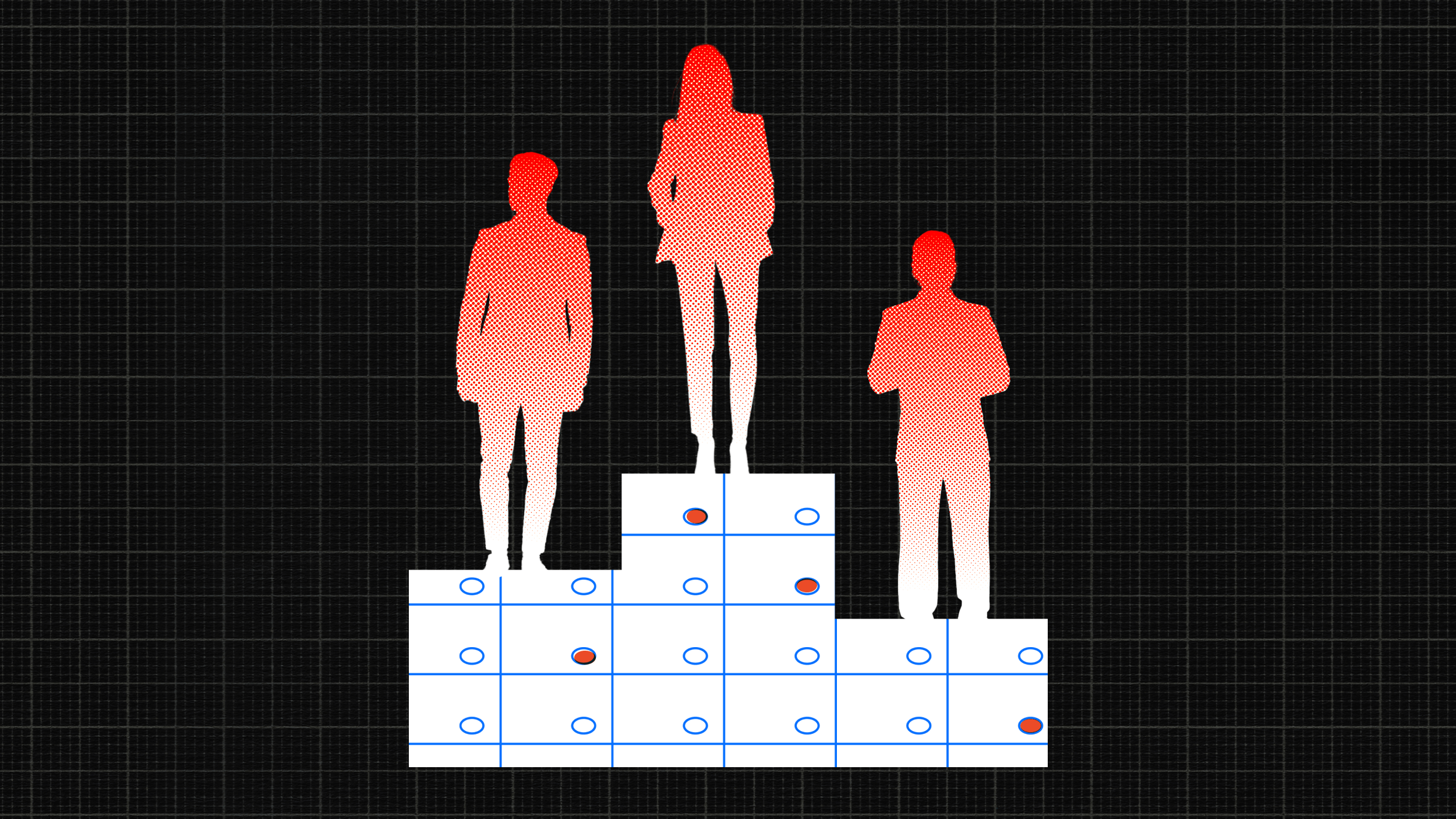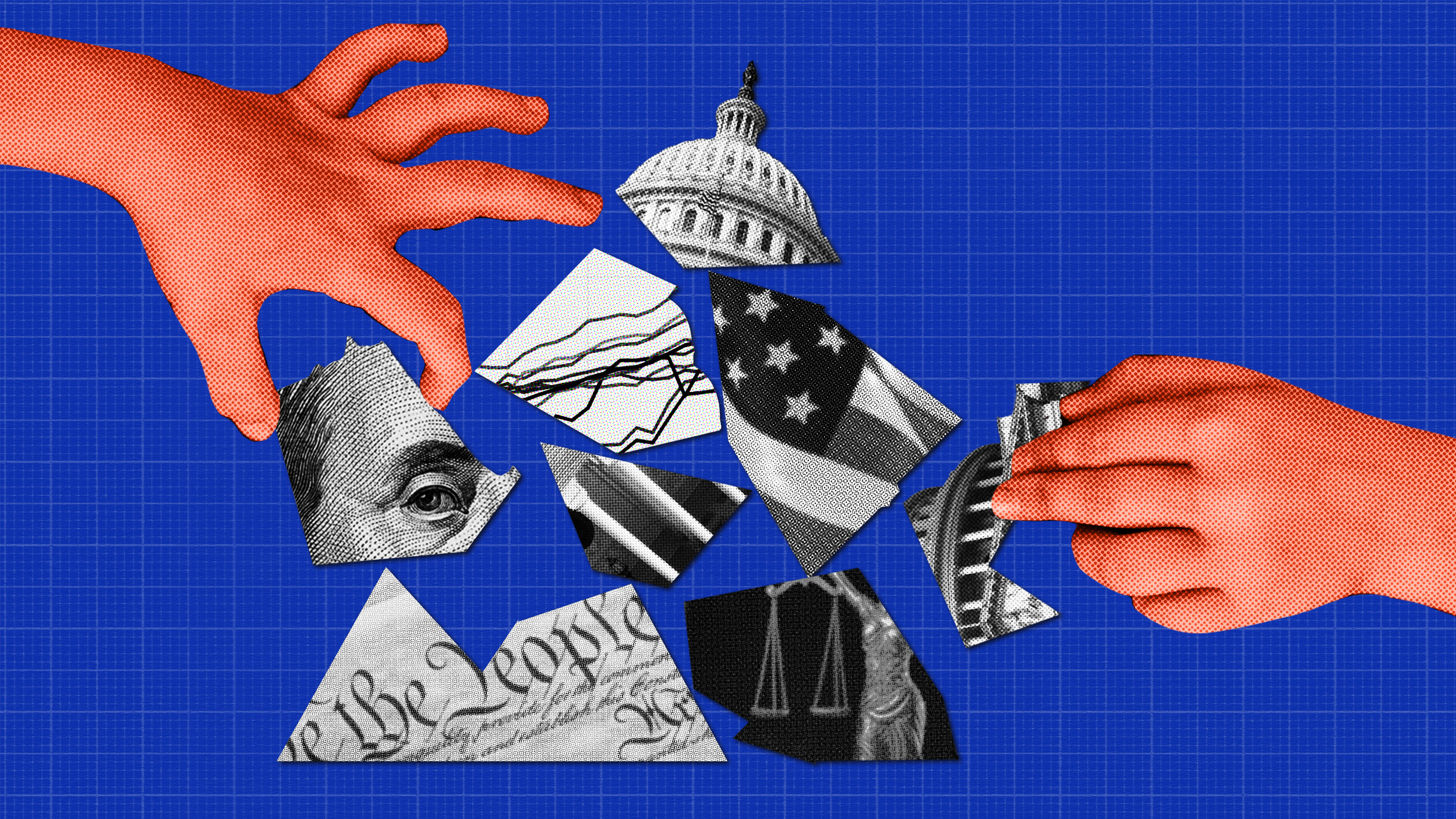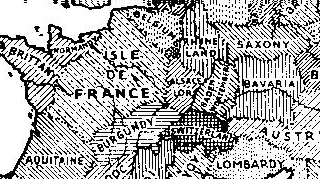28 – the 10 Regions of American Politics
Sign up for the Smarter Faster newsletter
A weekly newsletter featuring the biggest ideas from the smartest people
All results of a nationwide election in the US can usually be translated into a ‘binary’ map, divided into red states (Republican, mainly in the middle) and blue states (Democratic, mostly on the coasts). In January of 2004, the Boston Globe newspaper issued an original variation on the theme of political preferences in America: it divided the country into 10 distinct, but not necessarily contiguous areas.
n
The regions were based on election results, demographic data and certain geographic features. Each one represents about 10% of the electorate (i.e. approximately 10,5 million votes in the 2000 presidential election).
n
- n
- Northeast Corridor: the richest, best-educated and most densely populated region of the US. A traditionally Democrat-leaning area, it delivered 62% of the vote to Al Gore in 2000. That’s better than any Democrat in any region since LBJ.
- Upper Coasts: anchored by Boston (on the east coast) and San Francisco (on the west coast), this region is relatively affluent and well-educated. Arguably more liberal than the Northeast Corridor, it is less reliably Democratic: third-party candidates do well.
- Farm Belt: has the smallest non-white population, with lower than average population growth. Ranks first in percentage of people who finish high school, but don’t get a higher education. Solidly Republican.
- Big River: has been the most closely contested area in presidential elections for over 30 years. And the region isn’t easily wooed, never giving either candidate more than 55% during this period.
- Appalachia: the poorest and most rural region, but catching up economically. Showed a dramatic swing towards the Republicans in 1980 and stayed that way ever since.
- Sagebrush: named after the anti-bureaucratic Sagebrush Rebellion of the 1970s, this region occupies almost 50% of the US land area. The fastest growing region, it was also Al Gore’s worst region in 2000.
- Great Lakes: centered around Chicago, and suffering from population loss in smaller cities, it has Democrats chasing votes in more rural areas – the suburban counties have been tilting their way, anyway.
- Southern Comfort: fast-growing and average as to income and education, this was part of the ‘Solid South’ that squarely supported the Democratic party around 50 years ago. It has since turned into the most Republican region of the US.
- Southern Lowlands: the largest percentage of African-American voters, who reliably vote Democratic. This voting bloc is matched by some of the most Republican areas in the US, making it a swing area.
- El Norte: the youngest and most Hispanic region, it was carried by Gore in 2000. It is however not solidly Democratic, having recently sent conservative Republicans to Congress (from Florida and Texas).
n
n
n
n
n
n
n
n
n
n
n
n
The map was taken from this page in the Boston Globe archives.
n
Sign up for the Smarter Faster newsletter
A weekly newsletter featuring the biggest ideas from the smartest people





